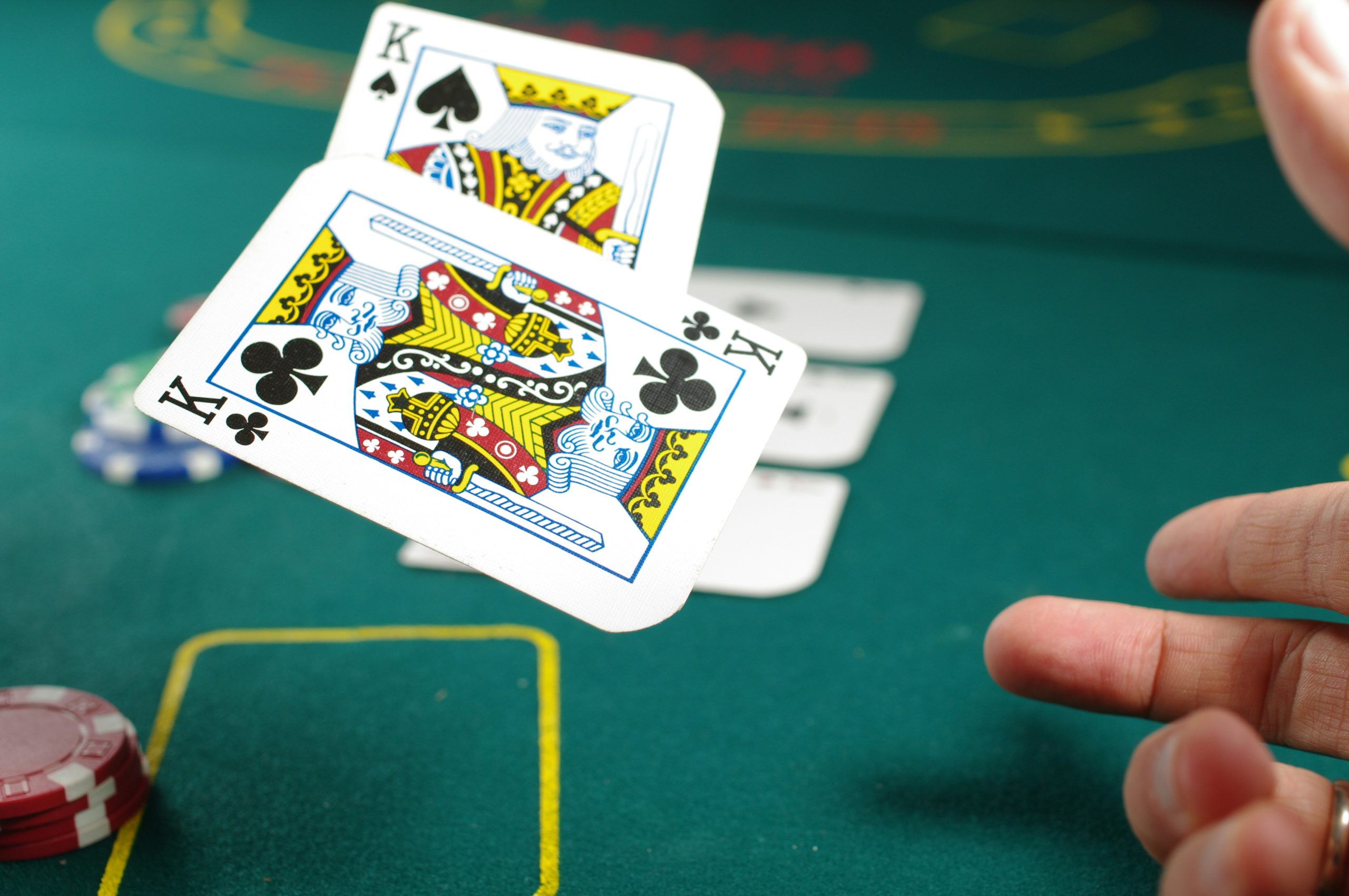Are you looking to know Decoding Sports Betting Odds: What Every Bettor Should Know then read this article to find out Decoding Sports Betting Odds: What Every Bettor Should Know

If you’re getting into sports betting, one of the first things you need to understand is how odds work. Pikacasino suomalaisille provides helpful insights for beginners learning how to interpret different types of betting odds. Odds tell you two important things: how likely an event is to happen and how much money you can win if your bet is successful.
Let’s break down the three main types of odds used worldwide with clear examples.
Moneyline Odds
Moneyline odds, also known as American odds, are simple once you understand the symbols.
- Favorites have a minus (-) sign. This shows how much you must bet to win $100.
- Underdogs have a plus (+) sign. This shows how much you’ll win from a $100 bet.
Example:
Let’s say in an NBA match, the odds are:
- Los Angeles Lakers: -180
- Chicago Bulls: +220
If you bet $180 on the Lakers and they win, you’ll earn $100 profit, plus your original $180 stake back, for a total $280.
If you bet $100 on the Bulls and they pull off an upset, you’ll win $220 in profit and get your $100 stake back for a total $320.
The bigger the gap between the positive and negative odds, the more likely the favorite is to win.
Fractional Odds
Fractional odds are shown as fractions such as 5/1. They’re common in the U.K. and are often used in horse racing.
The numerator shows how much profit you’ll make, and the denominator shows how much you need to bet.
Example:
Imagine betting on three football clubs to win the Premier League with these odds:
- Manchester United: 4/1
- Arsenal: 7/2
If you bet $10 on Manchester United at 4/1 odds, you’ll win $40 profit and get back your $10 stake for a total $50.
If you bet $10 on Arsenal at 7/2 odds, you’ll win $35 profit, returning $45 total.
The smaller the fraction, the higher the chance of winning, but the payout is lower.
Decimal Odds
Decimal odds are the easiest to calculate and are popular in Europe and Australia.
They already include your stake in the number shown.
To find out your potential return, multiply your bet amount by the decimal number.
Example:
Let’s say in a tennis match, the odds are:
- Player A: 60
- Player B: 50
If you bet $100 on Player A and win, you’ll get $160 total.
If you bet $100 on Player B and they win, you’ll receive $350 total.
Smaller numbers mean the favorite; larger numbers mean the underdog.
Common Types of Sports Bets
- Over/Under: Bet on whether the total score will be higher or lower than the bookmaker’s number.
- Parlay Bets: Combine multiple bets into one. You win only if all selections win, but payouts are higher.
Final Thoughts
American, British, and European odds all express the same idea in different ways on how likely something is to happen and what you stand to win.
Once you get comfortable with these systems, you’ll be able to compare bets, find better value, and place smarter wagers wherever you play.













